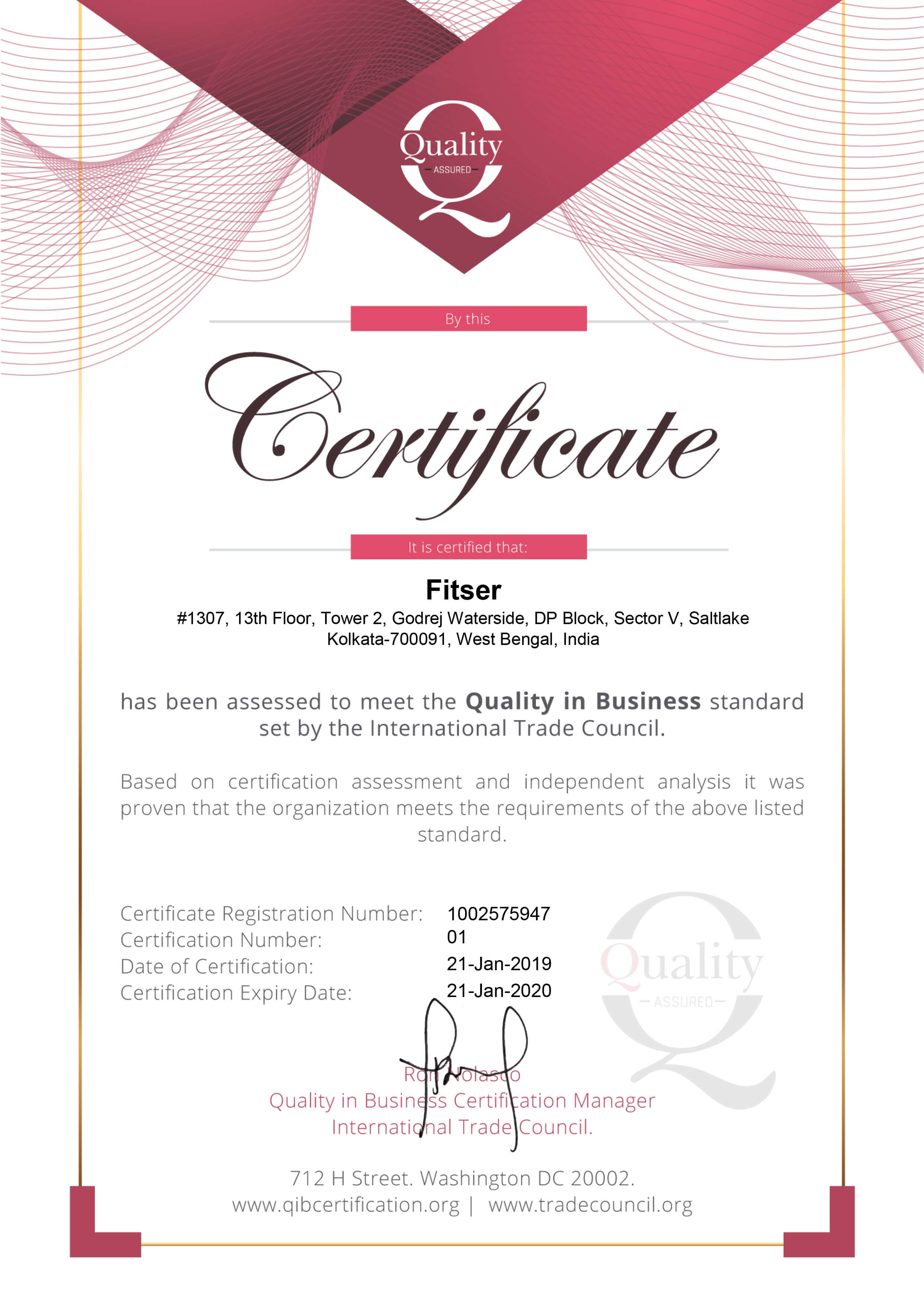- Company Profile
-

(+61) 280113465
(+91) 03340624483
(+40) 745348765
(+1) 3603693187
(+1) 4387949227
-

-

A Techie’s Guide To Multi-Touch Attribution: Which Model Is Right For Marketers?

So what problem are we talking about that many marketers face today? Today’s data-centric approach was not there a decade ago. Now it seems that marketing channels and platforms are developing more and more sophisticated ways to improve performance. Yet, despite these upgrades, marketers still face it challenging to understand how these channels work together.
Not all platforms are similar, and each of them has its own agenda. Therefore, they cannot provide marketers with a complete picture of marketing performance. That complete picture is vital as every touchpoint a customer has with a business can influence their decision to convert.
Multi-touch attribution is how marketers can understand every touchpoint’s role in converting a prospect into a potential customer and thereby contributing to revenue.
If you are doing a commendable job with Search Engine Optimization, then running paid search may not offer as much “incremental” value as it does “attributed” value.
Understanding multi-touch attribution
Multi-touch attribution helps marketers determine the value of each customer touchpoint that directly leads to conversion. For example, let us assume that a customer is considering purchasing a new watch and end up doing some research on Google. As a result, they are targeted by advertisements from Rolex. They ignore the display ad as soon as they see it. The very next time, they see a native ad on the Facebook feed, which catches their attention, driving them back to the site of Rolex. Finally, they receive a promotional offer from the brand via email with a discounted code, making them purchase that watch.
The challenge many marketers face is to figure out which marketing channels or campaigns will contribute to the conversion.
Start building your audience through multi-touch attribution
Today’s buyer journey involves a series of interactions across various touchpoints and channels. Very few consumers buy on their first visit to a website. Usually, they see a number of ads, go through some blogs and read some testimonials. This is why multi-touch attribution has become essential to determine high-quality user acquisition channels.
It is essential in the mobile advertising space for good reasons. Most believe that multi-touch attribution better reflects the way users interact with advertising. Usually, it takes the approach that a user is likely to see multiple ads in multiple different places before purchasing. Attribution enables marketers to give credit for conversions to those marketing channels throughout the buyers’ journey.
Moreover, multi-touch attribution informs you of what brings customers to your website or app, letting you identify where value is generated most.
Multi-touch attribution is ideal for marketers because it allows them to pinpoint all channels contributing to a conversion and which channels have the most impact on conversion.
It gives marketers a clearer picture of how the touchpoints and marketing channels influence every conversion. This information is essential as you can upgrade those channels and touchpoints for future prospects, improving customers’ experience and buyers’ journey.
You probably heard about other types of attribution already, including first-touch and last-touch attribution. Perhaps the best way to understand multi-touch attribution is by distinguishing it from first-touch and last-touch attribution models.
Multi-touch versus Last-touch versus First-touch attribution
Multi-touch attribution is different from first-touch and last-touch as it does not attribute a conversion to the first or last marketing channel a customer has prior to converting. First-touch attribution credits the first touchpoint of a buyer’s journey for conversion. On the other hand, the last-touch contribution credits the last touchpoint for the resulting conversion.
Meanwhile, multi-touch attribution would consider all these touchpoints and give credit to each one of them. In other words, multi-touch attribution takes all touchpoints into consideration and assigns credit to each one based on the amount of influence it had on the buyer’s decision to convert.
On the other hand, first- and last-touch points do not account for the many touchpoints and channels present for prospects to engage with.
Multi-touch attribution models- Linear attribution
A linear model gives equal credit for a conversion to each touchpoint in the buyer’s journey. This model works best if your prospects are in the consideration phase of the buyer’s journey for a considerable time.
Time-decay attribution model
When you organize your touchpoints based on the percentage of influence they have on conversion, it makes the last-influential touchpoints first and the most-influential touchpoint last. This model is ideal if you want to measure the success of short-term touchpoints such as campaigns.
U-shaped attribution model
This model gives the first and last touchpoints a higher percentage of credit than the touchpoints in the middle. When you want to focus on the influence of the first and last touchpoints, then a U-shaped attribution model will be ideal for you.
W-shaped attribution
W-shaped attribution gives credit to the first and last touchpoints. Also, it provides value to the touchpoints in the middle of the buyer’s journey.
Want to know which model will add value to your marketing effort and influence the bottom line? Let Fitser help you find out the answer. Then, contact us to learn more.
close






















